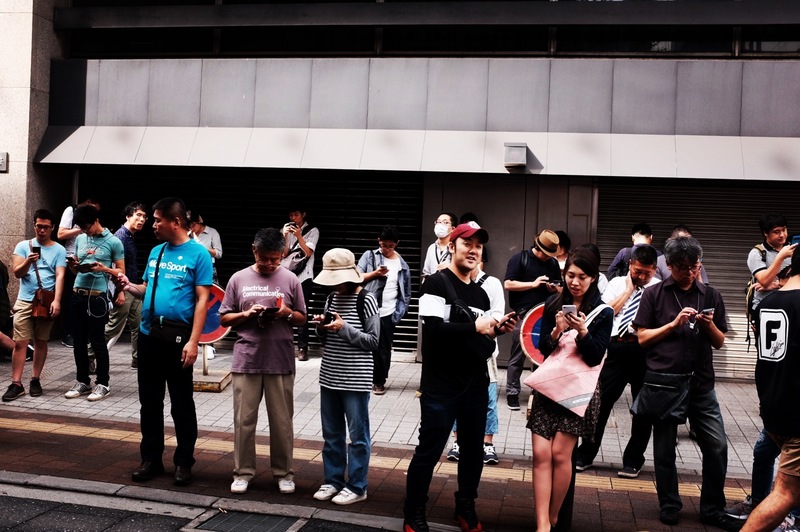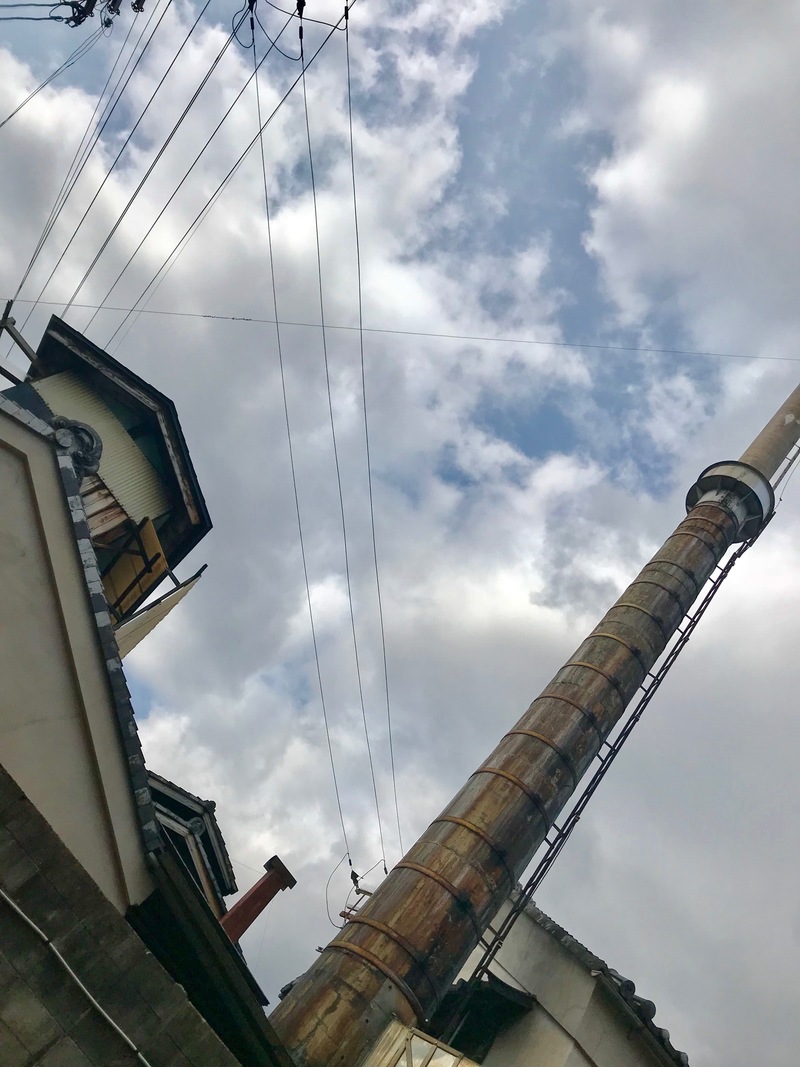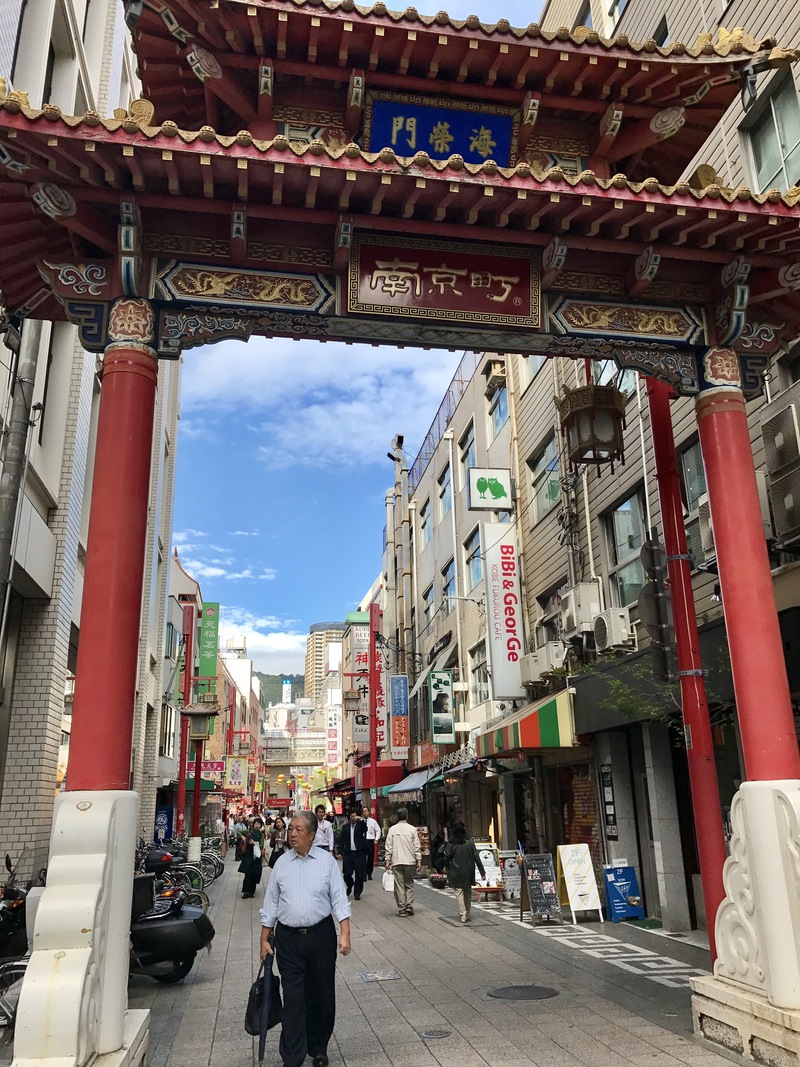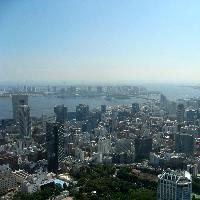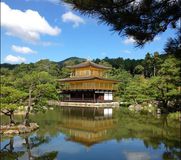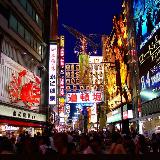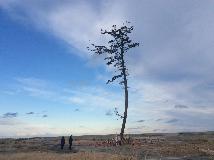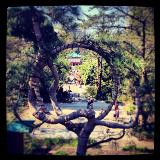
The Stone Garden at Ryoanji, Kyoto
Forming part of the UNESCO world heritage site "Historic Monuments of Ancient Kyoto (Kyoto, Uji and Otsu Cities)," Ryoan-ji Temple in Western Kyoto is particularly famous for its Zen gardens. Indeed Nitschke (1999: 88-9) argues that the karesansui (dry landscape) rock garden at Ryoan-ji temple, which is pictured above, represents the finest extant example of the Zen rock gardens of the 15th century. Due to this fame, Ryoan-ji is a must stop destination for tourists in Kyoto seeking to find an "authentic" slice of Zen within the bustling, cosmopolitan metropolis of Kyoto.
Throughout the temple, there are various notices (examples of which are posted below) which seek to discourage the tourists from being too noisy and disturbing the peace of the temple. Indeed, as Nitschke (1999: 99) argues that the primary aim of the garden is to stimulate peaceful, silent meditation, the presence of signs seeking to manage noise may suggest that their is a desire on behalf of the temple administration to maintain this sense of silent meditation.

Sonic Discipline at Ryoanji

The sign reads: 'we humbly ask you to observe [the temple and grounds] as quietly as possible~Ryoanji'
However, when Carolyn and myself visited the temple we found it to be anything but "silent." This raised in our minds the question, "Just how quiet is a Japanese temple in Kyoto?" This is a problem which Tamara and myself also encountered during our visit to Kiyomizu Temple. Rather than make any judgements, we ask you to watch the video below and determine just how "silent" Ryoan-ji Temple can be said to be. Do the sonic landscapes recorded below invoke a peaceful space for Zen practices of silent meditation? Or has the essence of the temple and its famous garden been lost through the processes of tourism?

CI Stevens is skeptic of the silence as she and Tom make recordings on an October day at Ryoanji.
Photos and video credit: Carolyn Stevens
Text: Thomas Baudinette
References:
- Nitschke, Gunter (1999). Le jardin japonais: Angle droit et forme naturelle (The Japanese garden: Right angles and natural forms). Paris: Taschen.
